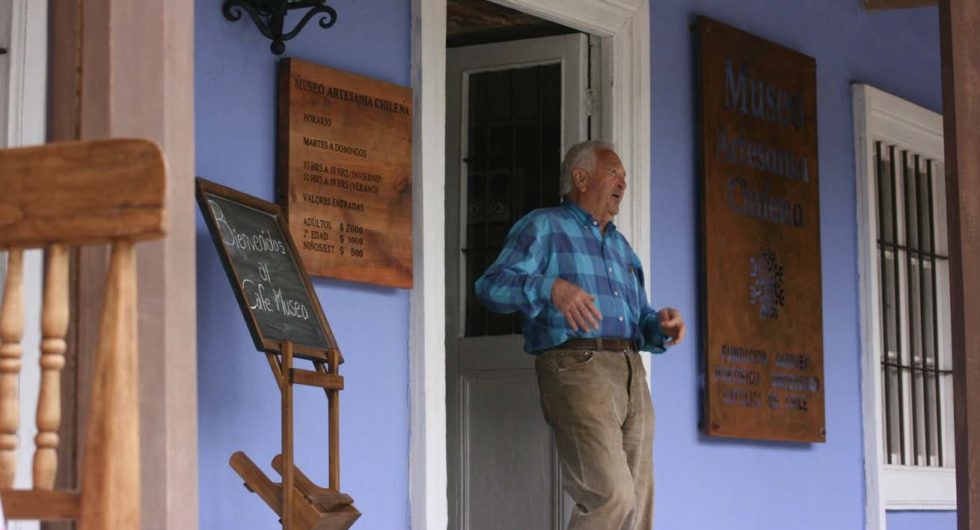Lolol
And its history


You must be old enough to consume alcohol legally in your country of residence.
Enter in the websiteAnd its history

Lolol is 215 km south of Santiago and south-west of the Colchagua Valley. Its origins date back to the pre-Columbian period, when this area was inhabited by Mapuche of the ‘Picunche’ group, and was defined as a transitory colony in around the 16th century. The town grew up by the roads linking up small rural centres in the centre of Chile, between the valleys of the Maipo and Maule rivers.
During the 17th century, various ‘haciendas’ were created across the Colchagua Valley, large expanses of land granted by the king of Spain to his ‘conquistadors’. Of these, Colchagua land was the most desirable given its ideal climate for agriculture and farming.
Following Chile’s gaining of independence in 1818, the country’s most traditional families built various residences in the haciendas of the Lolol region, some of which are still standing today and are local tourist destinations. From the late 19th to the mid-20th century, ‘Hacienda Lolol’ and ‘Hacienda Santa Teresa de Quiahue’ were the region’s main haciendas and played a key role in the local economy.
Today, in the founding triangle of the town’s civic centre, there are traces of the old colonial road with unique, wide, interconnected outdoor corridors that frame the old colonial houses, made of rammed earth with tiled roofs. This is Lolol’s real identity, where global harmony is followed by a shared architectural language reflected in the use of the region’s main materials such as earth, tiles and wood. Inside houses, you will find elements harking back to the pre-Columbian period, mingling with aspects typical of Spanish haciendas. All of this forms structures that are linked by the network of corridors along the enclosure walls on which the buildings stand, bearing witness to the Incas’ influence in the province.
The courtyard, the trees, the vines and the orchard offer the real essence of a rural town in central Chile. It has also retained its rural traditions such as rodeos and Chilean horse racing, making Lolol a ‘Tierra Huasa’.
Due to its heritage significance, the preservation of its beautiful architecture, and the respect shown for its culture and traditions, in 2003 Lolol was named a national Chilean heritage monument under the category of typical, attractive areas.
In 2010, an earthquake with a magnitude of 8.8 devastated the town, destroying the majority of its buildings. However, thanks to inhabitants’ efforts and local resources, Lolol managed to save its heritage, including by rebuilding the local church and reopening the founding civic centre.
Today, Hacienda Araucano is just 3 km from the centre of Lolol, which makes it a very attractive tourist destination.
By Diego Vergara – Director of Hacienda Araucano